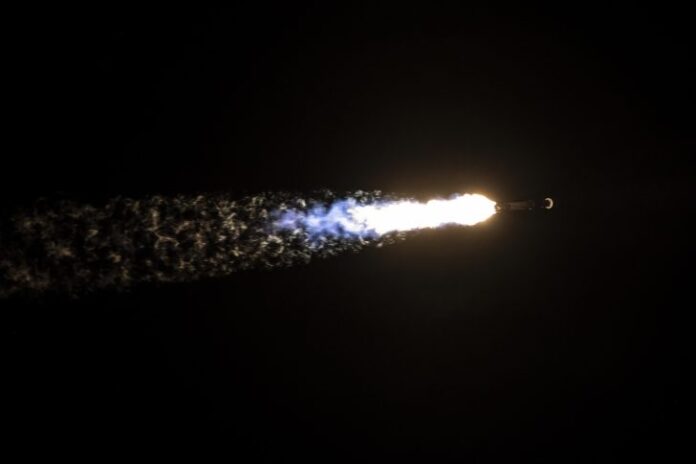
SpaceX's Starlink satellite internet constellation has lost more than two hundred satellites in low Earth orbit (LEO) since July, according to data from a satellite tracking website. This is the first time that Starlink has lost a significant number of satellites in a short time period, and these losses are typically influenced by solar flares that cause changes in orbit and damage or destroy the spacecraft. The nature of the satellites, i.e. their model, is unclear, and if they are the newer Starlink satellites that SpaceX regularly launches, then the firm will have to conduct at least nine Falcon 9 launches to make up for the satellites lost.
SpaceX's Starlink Satellites Start Burning In Space Potentially Due To Solar Flares
Since it is a SpaceX subsidiary, Starlink has rapidly built the world's largest LEO satellite internet constellation and the world's largest satellite constellation by rapidly launching them through the Falcon 9 rocket. However, upgrades to the spacecraft and constraints with the Falcon 9 have reduced the number of satellites that the firm can launch, with its latest launches seeing roughly 22 satellites per launch for a nearly one-third reduction over the 60 satellites that SpaceX launched during the early days of the Starlink buildout.
The newer satellites are second-generation spacecraft that SpaceX received the launch authorization from the FCC less than a year back. They are more powerful and are thus larger and heavier than the earlier satellites, which limits the Falcon 9 ability to squeeze large numbers inside a single payload fairing.
Satellites in orbit or space have to face off against various hazards that can damage or put them out of commission. SpaceX faced one such event in February 2022, when a solar flare damaged at least 40 of the recently launched satellites. SpaceX confirmed this and shared that the heat from the solar flare increased atmospheric density and made it impossible for the satellites to maintain their trajectory.
Video of last night’s @Starlink satellite deployment pic.twitter.com/K7ezZLLusz
— SpaceX (@SpaceX) September 16, 2023
However, the firm might have to accelerate its launches if data from the satellite tracking website satellitemap.space is accurate. It tracks the total number of Starlink satellites launched, the number of operational satellites, satellites that are inactive and satellites that have burned up.
It shows that as of July 15, 353 Starlink satellites had burnt up in the atmosphere, and this figure jumped by more than 200 spacecraft to 568 satellites as of the latest readings. As a comparison, only 248 satellites had burned up at the start of this year, so the number destroyed during the last two months is higher than the figure for the first seven months of the year.
Within weeks after the Starlink satellites had become a victim of a solar flare, SpaceX shared in quite a bit of detail the measures it takes to ensure satellite sustainability. It outlined that the satellites feature functionality such as 'ducking', allowing them to retract the solar panels if a collision occurs. SpaceX added that the low orbit of the satellites reduces their chances of polluting Earth's orbit since they burn up in the atmosphere instead of simply orbiting Earth for years before losing altitude due to gravity.
SpaceX regularly files updates on its constellation health with the FCC, but these are filed on a semiannual basis, making it unlikely that the data for the satellites that have burned up since July will be available soon. Its soon to be rival Amazon's subsidiary Kuiper is looking to launch its experimental satellites soon, and SpaceX has committed to the FCC to launch a portion of its second generation satellites according to a timeline in order to avoid paying a fine.
WccftechContinue reading/original-link]




